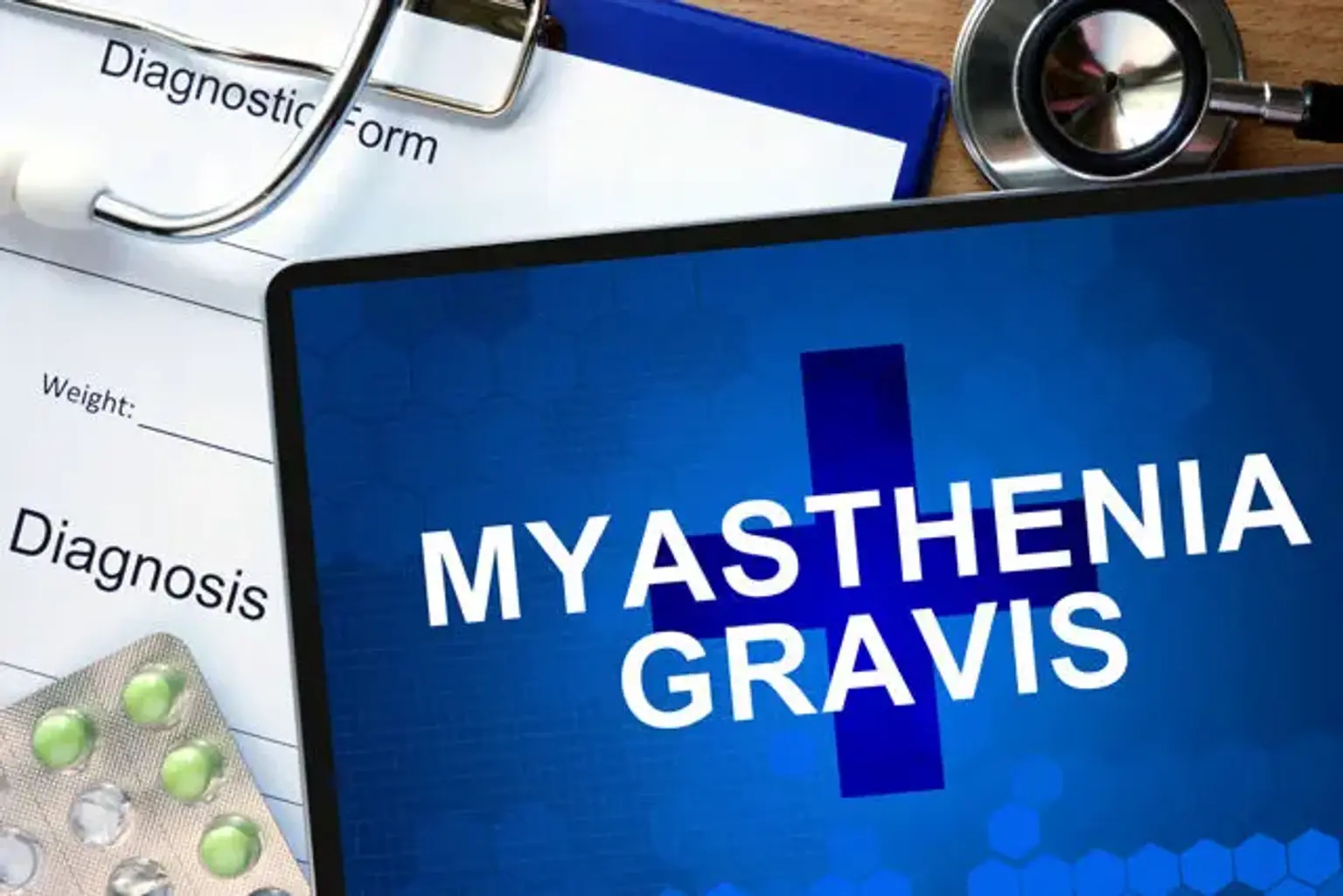Myasthenia gravis (MG)
Overview
Myasthenia gravis is a neuromuscular condition that affects the neuromuscular junction. It appears as broad muscular weakness, which can affect the breathing muscles and result in a myasthenic crisis, which is a medical emergency.
